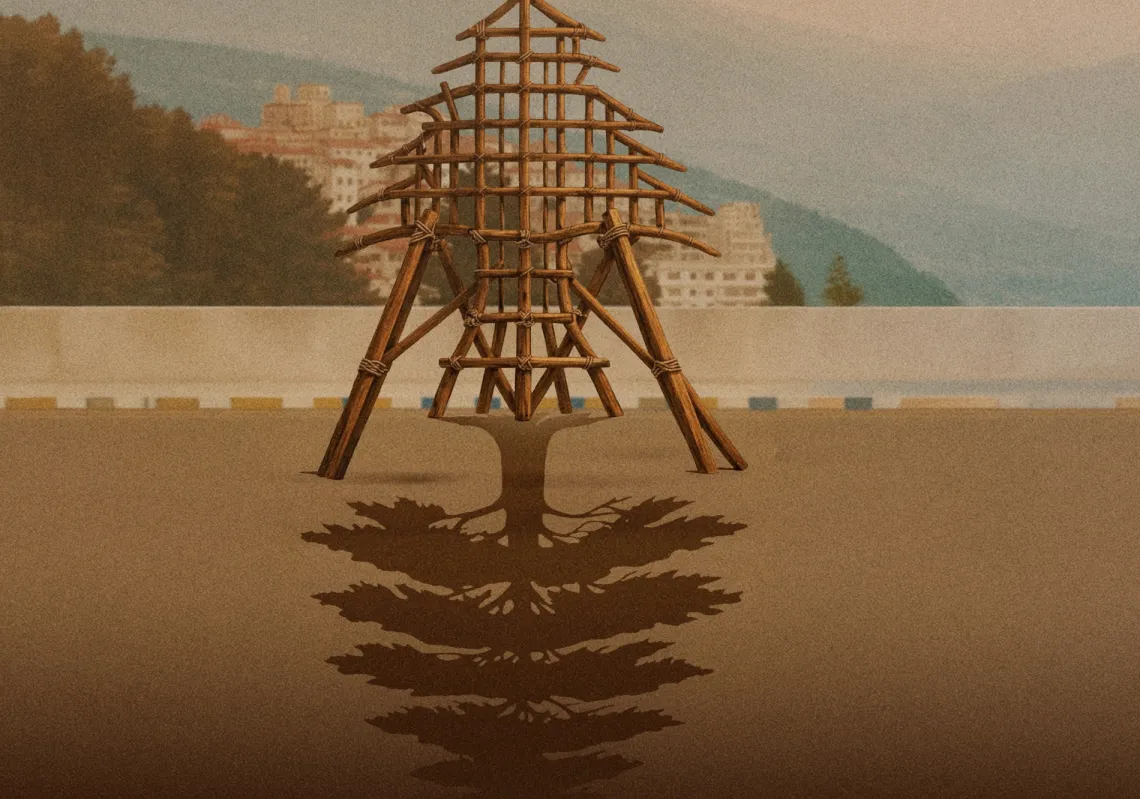Perched next to the Umayyad Mosque is the mausoleum of the great Muslim sultan, Saladin, considered one of the treasures of the Old City of Damascus.
Popular lore has it that when the French general Henri Gouraud occupied Damascus in 1920, signalling the start of the French Mandate, he asked to be taken straight to Saladin’s tomb and arrogantly said: “We have returned O’ Saladin.”
His “return” was in reference to the Third Crusade, launched by the three kings of Europe to retake the Holy Land after Saladin’s capture of Jerusalem in 1187.
Syrians love this story and have passed it down by word of mouth, from one generation to the next. It is mentioned in their history books but few have bothered to examine whether it was Gouraud who actually said those words or one of his top commanders.
Dissecting the story
Among the few who have tried to dissect the story are Syrian and British historians Amr al-Mallah and James Barr. Others have gone as far as to link Gouraud’s visit to Damascus to that of Adolf Hitler to Paris on 23 June 1940.
General Henri Gouraud in an official portrait by Albert Kahn. pic.twitter.com/cSYtRB8lQ8
— 1923 Live (@100YearsAgoLive) November 3, 2019
It was Hitler’s first and last visit to the now Nazi-occupied French capital where he asked to be taken to Napoleon’s tomb at Les Invalides, and was quoted saying: “That was the greatest and finest moment of my life.” Some want to believe that Hitler drew inspiration from Gouraud and Saladin.
The earlier scripted reference to the Gouraud quote dates back to 1952 when it first appeared in the memoirs of former French High Commissioner Gabriel Puaux, Deux Années au Levant.
Puaux says that Gouraud stood at the tombstone and said: Saladin, nous voila. In 2012, French historian Anne-Marie Edde wrote a seminal book on Saladin and opened it with Gouraud’s quote, based on Puaux’s memoirs.
Gouraud had every reason to say make such a statement, given that he viewed himself, in the words of one of his officers Georges Catroux as “a Christian, a soldier, and a romantic. He saw Damascus as an “unconquered fortress which defied the assaults of the Franks, the capital and burial place of the great Saladin.”











